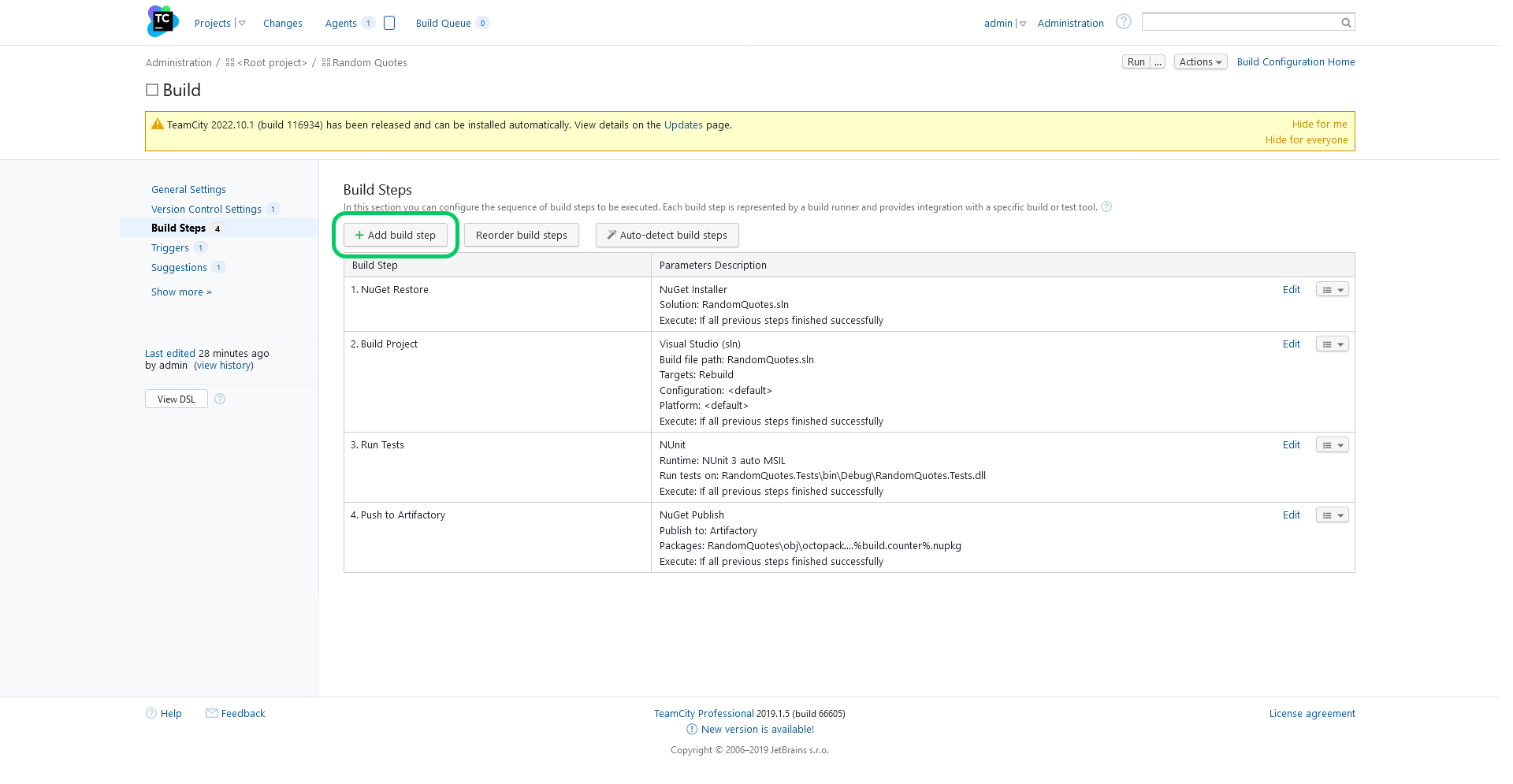
Keep in mind, the nuspec file name should be exactly the same as the project name. The cool product used by the Jan de Vries software. A nuspec file for Octopus Deploy looks exactly the same as one you would create for NuGet itself. In my case I had to add a nuspec file also, because the worker project contained an application which has to be deployed to on an Azure Cloud Service. Your project is now ready to start packing. The following line will have to be added to the propertygroup of your build configuration Trueįor reference, a complete propertygroup:

Once this package is successfully installed you will have to modify the project file also to enforce adding files in the Octopus package. In my case this will be the Worker project since I’m only working with Microsoft Azure solutions at the moment. To enable packaging for Octopus you’ll need to include the Octopack NuGet package to the project you are packaging. In this post I’ll explain a bit on how to create Octopus Deploy packages for your Visual Studio projects via Teamcity. In my previous post I’ve talked about creating new projects in Octopus Deploy in order to deploy projects to different environments.


 0 kommentar(er)
0 kommentar(er)
